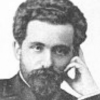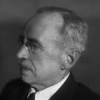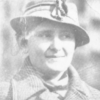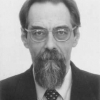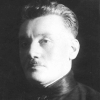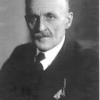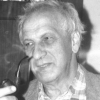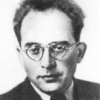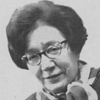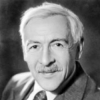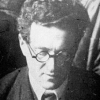On an initiative by Academician N. Ya. Marr, the Presidium of the Academy of Sciences established the present-day RAS Institute for Linguistic Studies in September 1921 as The Institute for Japhetic Research “for [conducting] studies in the Japhetic languages of the original European populations in [their] pure connate types and [in] the innovations from [other] types of speech blended with them and for elaboration of a general theory of language-blending” [1]. By 1930, the Institute consisted of three departments: the Department for Living Languages (including 1) Japhetic, i.e. Caucasian, Basque, and Pamir languages; 2) West-European languages; 3) East-European languages; 4) West-Asian languages; 5) Asian languages; 6) Paleo-Siberian languages; and 7) Colonial (African, American, and Australian) languages); the Department for Dead Languages (including 1) Ideographic languages and 2) Elementary languages (languages using cuneiform scripts, etc.); and the Department for Japhetidology Analysis [2].
In late 1931, The Japhetidology Institute was reorganized into The Institute of Language and Thought, with the Dictionary Commission of the Academy of Sciences allotted to it as a Dictionary Department.
In 1934, The Institute of Language and Thought was officially named after its founder and first director, Nikolai Yakovlevitch Marr.
In the ensuing period of scientific and political ‘warfare’ against Marrism, The N. Ya. Marr Institute of Language and Thought was fused with The Russian Language Institute, established in Moscow in 1944, for both to be later reorganized into The Institute of Linguistics in 1950. During the following six years, the Institute continued as a set of separate Leningrad sectors of The Institute of Linguistics.
In 1956, the Presidium of the USSR Academy of Sciences decided to split The Russian Language Institute from The Institute of Linguistics and reorganize the former Leningrad sectors into The Leningrad Department of the Institute of Linguistics (LD IL), while the Dictionary Department (currently a department of the ILS RAS) continued as a subdivision of The Russian Language Institute from 1956 till 1991.
In 1991, the Institute obtained the status of an independent research institution and its present name, The Institute for Linguistic Studies.
Glimpses of the ILS RAS history
- A picture from the AS USSR Album: In the lead-up to the XVII Congress of the VKP(b)
- Excerpts of the history of the RAS Institute for Linguistic Studies (1921–1934).
- L. G. Bashindjagyan. The N. Ya. Marr Institute of Language and Thought (1937)
- Excerpts of the history of the RAS Institute for Linguistic Studies (1921–1937 and 1941–1945)
- The RAS Institute for Linguistic Studies during the Leningrad Blockade
- The 50th Anniversary of the Academic Institute of Linguistics (A. V. Desnitskaya)
- On the 100th Anniversary of the Institute
The directors of the Institute throughout its history:
The outstanding linguists who served at the Institute at various periods of its history:
[1] Enactment on The Institute for Japhetic Research of the Russian Academy of Sciences (September 1921 г.) // Acta Linguistica Petropolitana. Proceedings of the Institute for Linguistic Studies. V. IX. P. 1. / Ed. N. N. Kazansky. SPb.: Nauka, 2013. p. 24.
[2] Departments and subdivisions of the Japhetidology Institute of the AS USSR (not later than 14 March 1931 г.) // Acta linguistica Petropolitana. Proceedings of the Institute for Linguistic Studies. V. IX. P. 1. / Ed. N. N. Kazansky. SPb.: Nauka, 2013. pp. 279–280.
